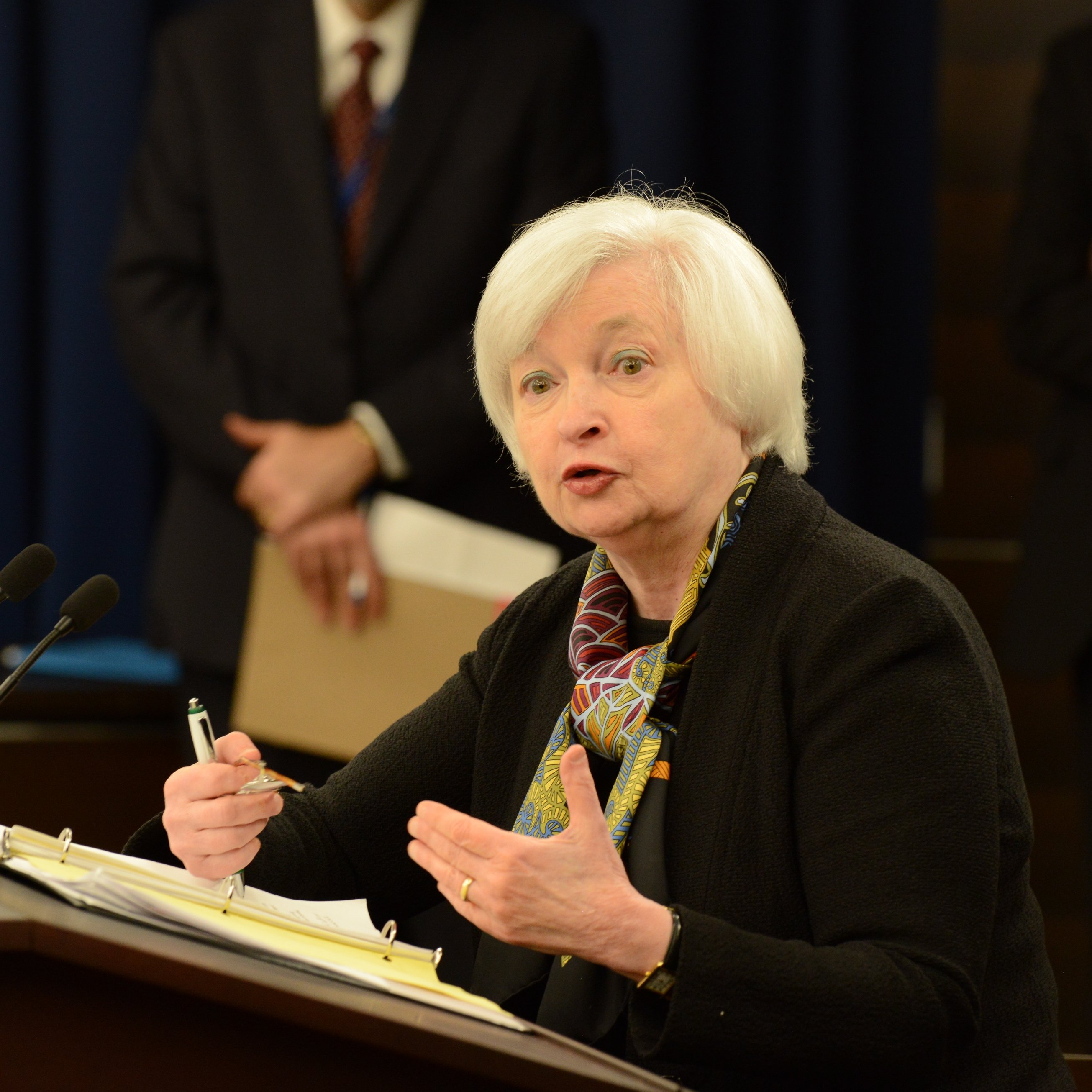Economy
Janet Yellen Points to Rate Hikes Thru 2019: Full Employment, Inflation at Target

Published:
Last Updated:

Federal Reserve Chair Janet Yellen spoke on Wednesday, January 18, 2017 at the Commonwealth Club in San Francisco, California. Her speech was titled ‘The Goals of Monetary Policy and How We Pursue Them.’
While the background on what the Fed’s role is, the reality is that investors, economists, job seekers, consumers and borrowers alike all wonder just how far the FOMC plans to raise interest rates and over what sort of time period. The good news is that we got some of that data in Mrs. Yellen’s speech.
It turns out that the Federal Reserve is getting more comfortable with growth. They are also getting more comfortable with inflation at the 2% level. They are also getting more and more comfortable that the economy is close to full employment, and this was defined at close to 4.75%.
24/7 Wall St. took a look at some of the comments issued to see what was said, and we took out the guts without the historical reference for ease.
These comments have been plucked as paragraphs or as parts of paragraphs and they are not meant to flow back to back. Some of the commentary has been highlighted verbatim below.
Finding a qualified financial advisor doesn’t have to be hard. SmartAsset’s free tool matches you with up to 3 fiduciary financial advisors in your area in 5 minutes. Each advisor has been vetted by SmartAsset and is held to a fiduciary standard to act in your best interests. If you’re ready to be matched with local advisors that can help you achieve your financial goals, get started now.
Thank you for reading! Have some feedback for us?
Contact the 24/7 Wall St. editorial team.